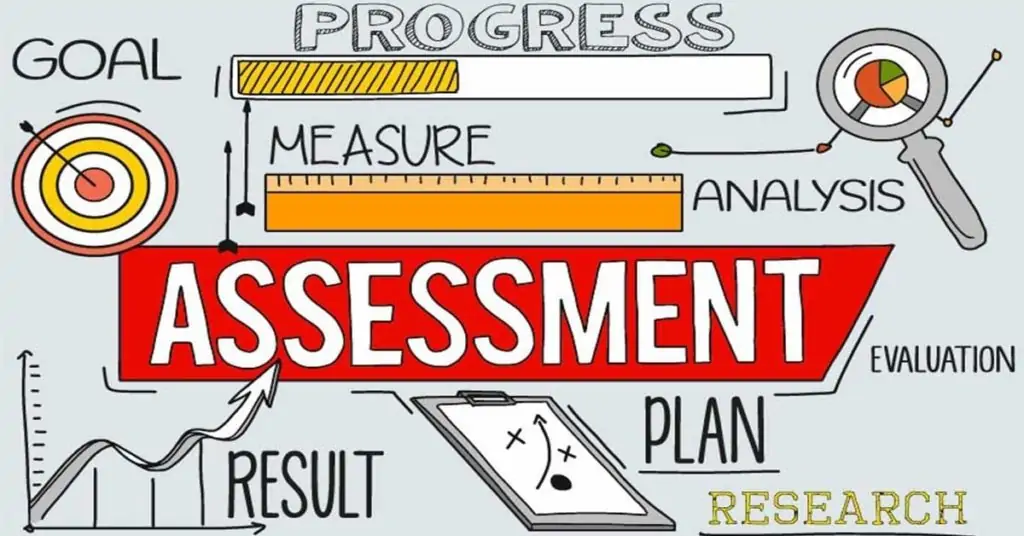It is essential that we evaluate our business model regularly. This business model assessment allows us to find out when something needs to be adjusted, reducing the risks and improving the chances of a bright future.
Contents
Why Assess your Business Model?
Simply because just creating a reasonable business model at the beginning of your venture does not mean that it will work out and keep sustainable forever. A business model assessment should be performed to:
- Get to know business strengths and weaknesses;
- Evaluate the team performance;
- Establish new goals;
- Delegate tasks and responsibilities to the team members assertively;
- Increase the market share and cash flow;
- Create a plan of action for every weakness or challenge perceived.
What Makes Strong Business Models?
First of all, to understand if a business model is strong enough, it must have its desirability, viability, and feasibility testing. That means:
- Desirability
- Feasibility
- Viability
Methodologies for Assessing your Business Model
Business Model Canvas and SWOT Analysis
Alexander Osterwalder and Pigneur’s Business Model Canvas is the most famous tool for business modeling in the world. It is composed of nine building blocks, which can map every aspect of the business. These building blocks are:
- Customer Segments
- Value Propositions
- Channels
- Customer Relationships
- Revenue Streams
- Key Partners
- Key Activities
- Key Resources
- Cost Structure
After filling out all the nine blocks of the canvas, a SWOT analysis may be used in conjunction with the Business Model Canvas to provide the basis for marketing strategy and decision-making. To analyze the strengths and weaknesses, as well as the opportunities and threats of each building block, you must:
- Map the business model using the Business Model Canvas.
- Score each block from 1 to 10 (1 for very weak and 10 for very strong).
- Score each block again, from 1 to 10 (1 for threat level and 10 for opportunity level).
- Those blocks classified between 1-5 are weaknesses/threats. And those above five are potential strengths/opportunities.
Evaluation Criteria from Morris, Schindehutte, Richardson and Allen, 2006
For Morris, Schindehutte, Richardson, and Allen, the business model assessment must include:
- Company’s competitive advantage,
- Value network,
- Value proposition,
- Set of internal rules and processes,
- Cost elements,
- Company’s strategy,
- Revenue and pricing considerations.
NICE framework from Amit & Zott
Amit and Zott established four significant criteria for analysis:
- Novelty
- Lock-in
- Complementarities
- Efficiency
Hamel 4 performance indicators
Hammel also defines four performance indicators to assess the business model. His four criteria are:
- Efficiency
- Uniqueness
- Fit
- Profit Boosters
7 Questions
You must rank your business model’s performance on a 0 (bad) scale to 10 (excellent) for each question.
- How difficult/expensive is it for your customer to switch to the competition?
- How rapidly and easily can you scale your business model?
- Can your business model produce recurring revenues?
- Do you earn before you spend?
- How much do you get customers or third parties to do the work (for free)?
- How much does your business model protect you from the competition?
- Is your cost structure better than your competitors’?
Assessing the Business Model Space
Besides assessing your business model design, you must evaluate your business model space, i.e., the whole environment, with its Market Forces, Key Trends, Industry Forces, and Macroeconomic Forces. Only by mapping out markets, trends, customer needs, competitors, and more, will you be able to make your business prepared for innovations, such as new associations, new patterns and processes, and ultimately new business model ideas.
Conclusion
Although we must be realistic when assessing our business model, it is good to keep in mind that no business model will ever score a perfect 10 for every aspect. By asking yourself the questions above and by seeking to improve your business model’s score on at least some of its elements, you are very likely to increase the long-term success of your business.
Want to learn more about Business Model Assessment?
Check out our Super Guide on this topic by clicking here.



